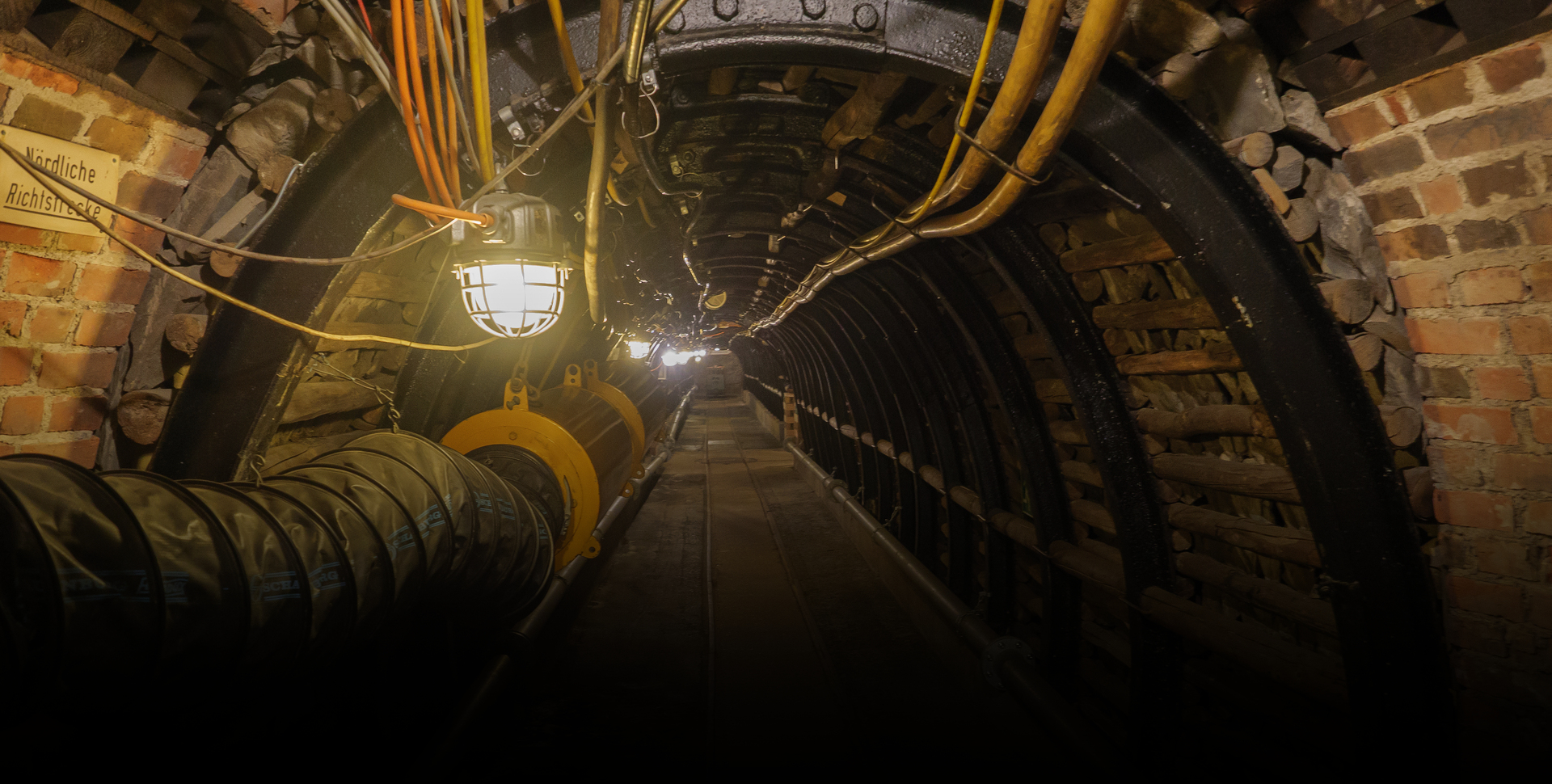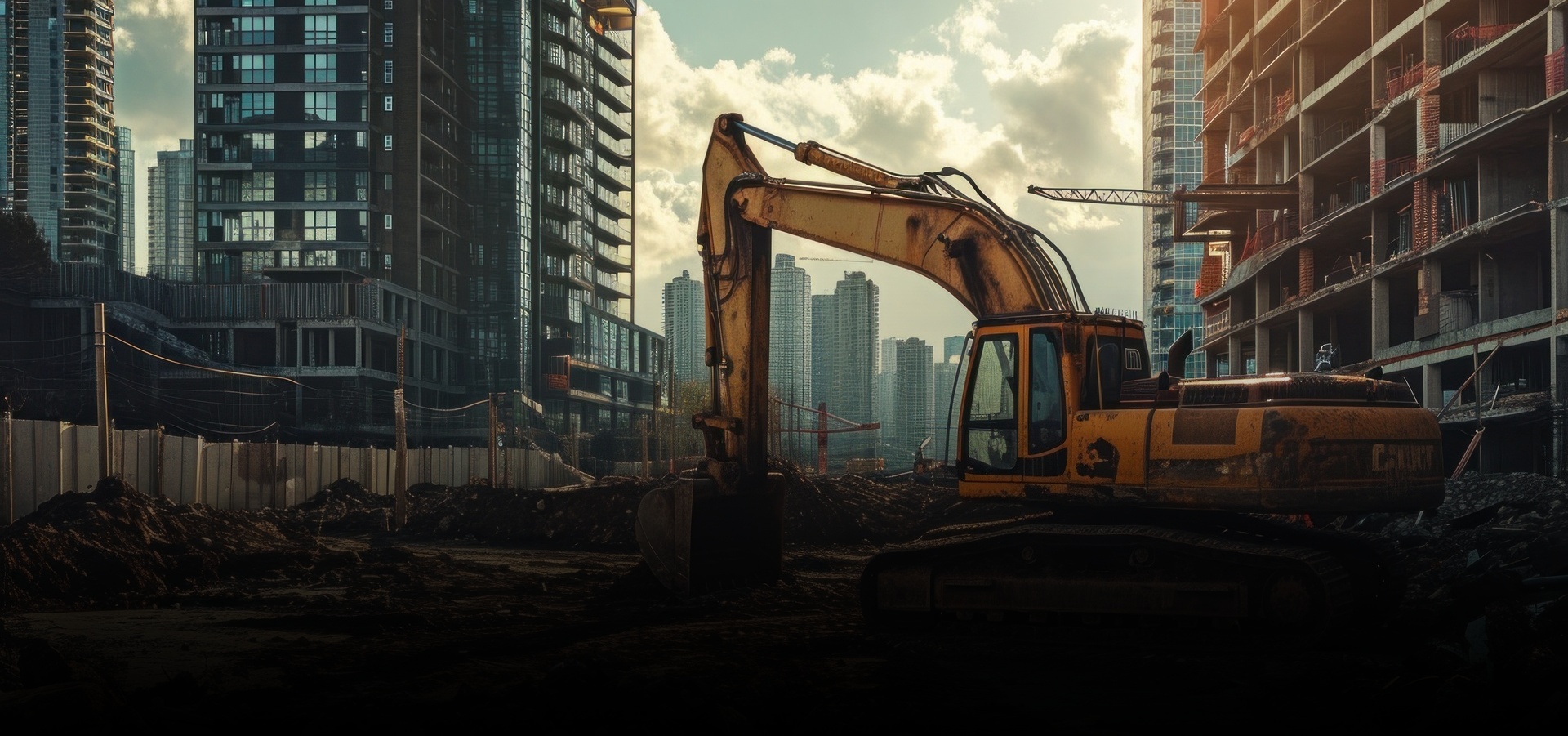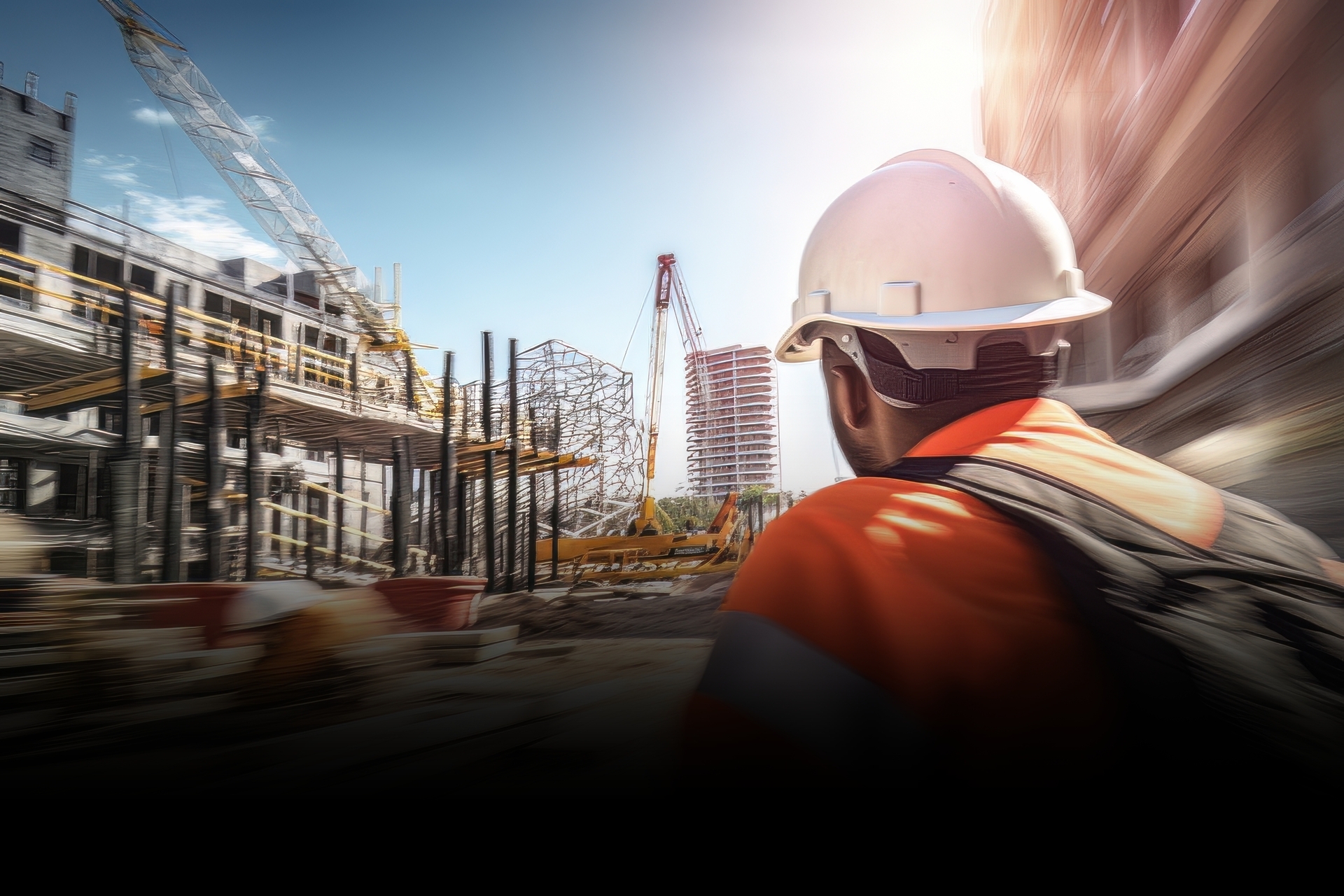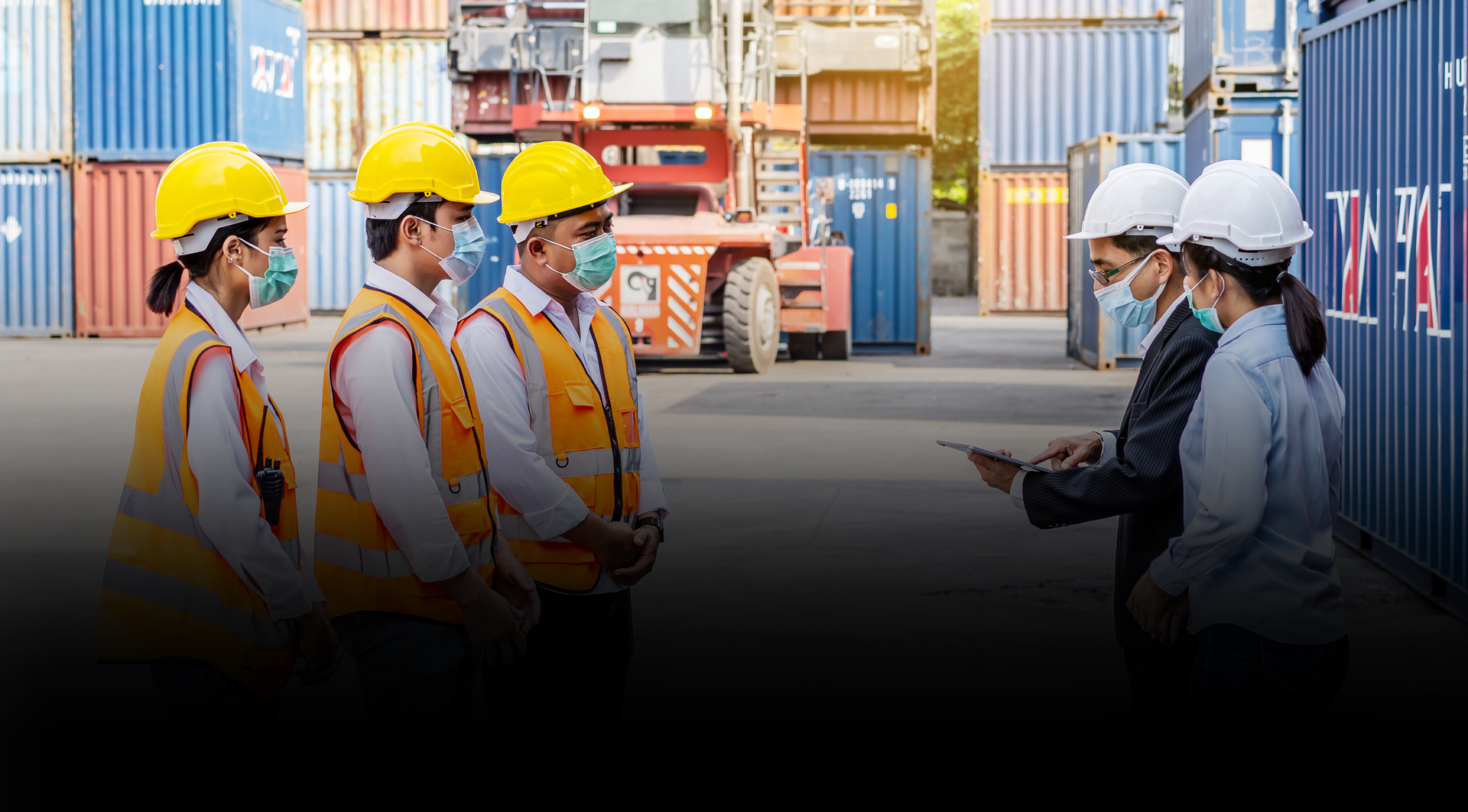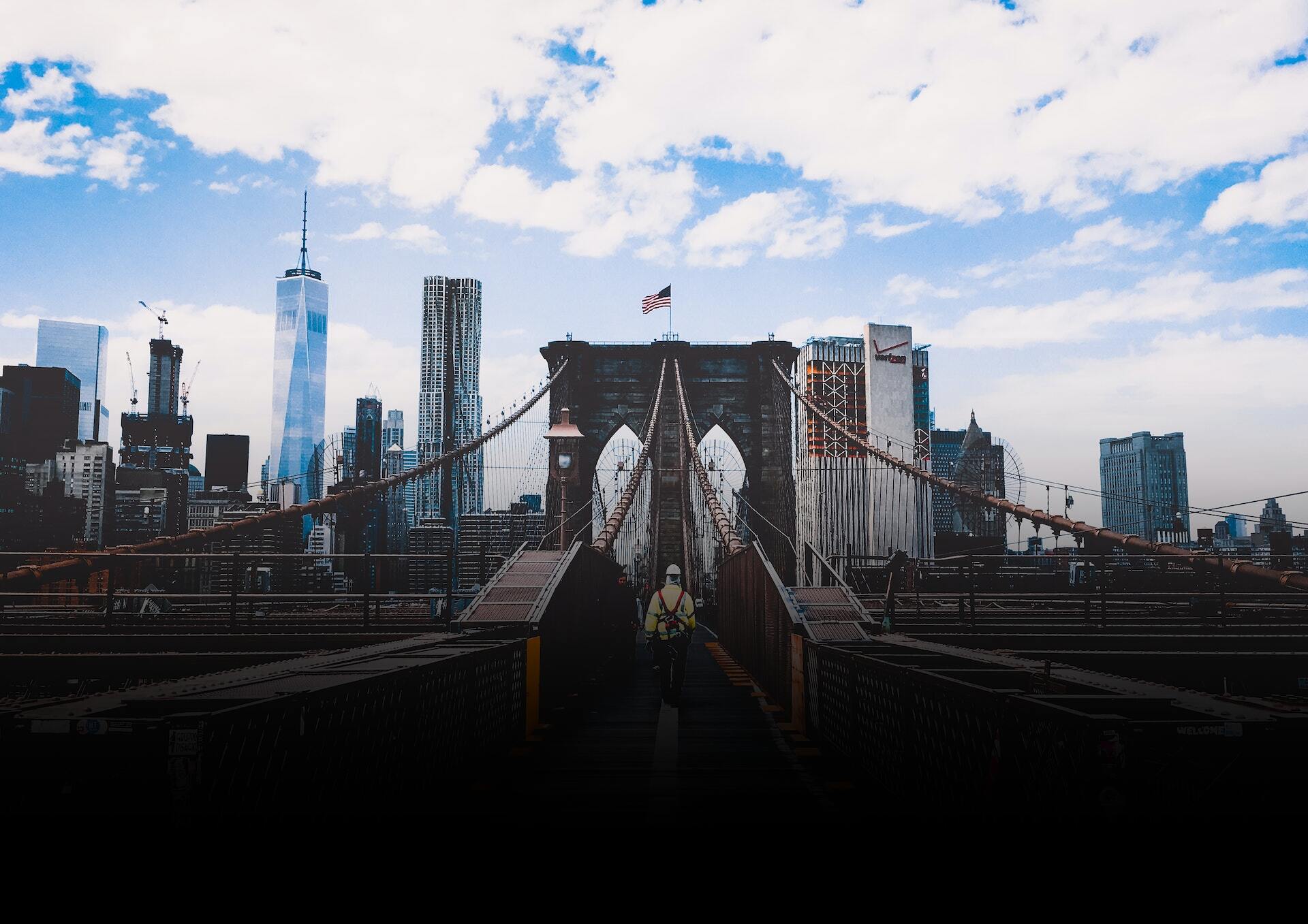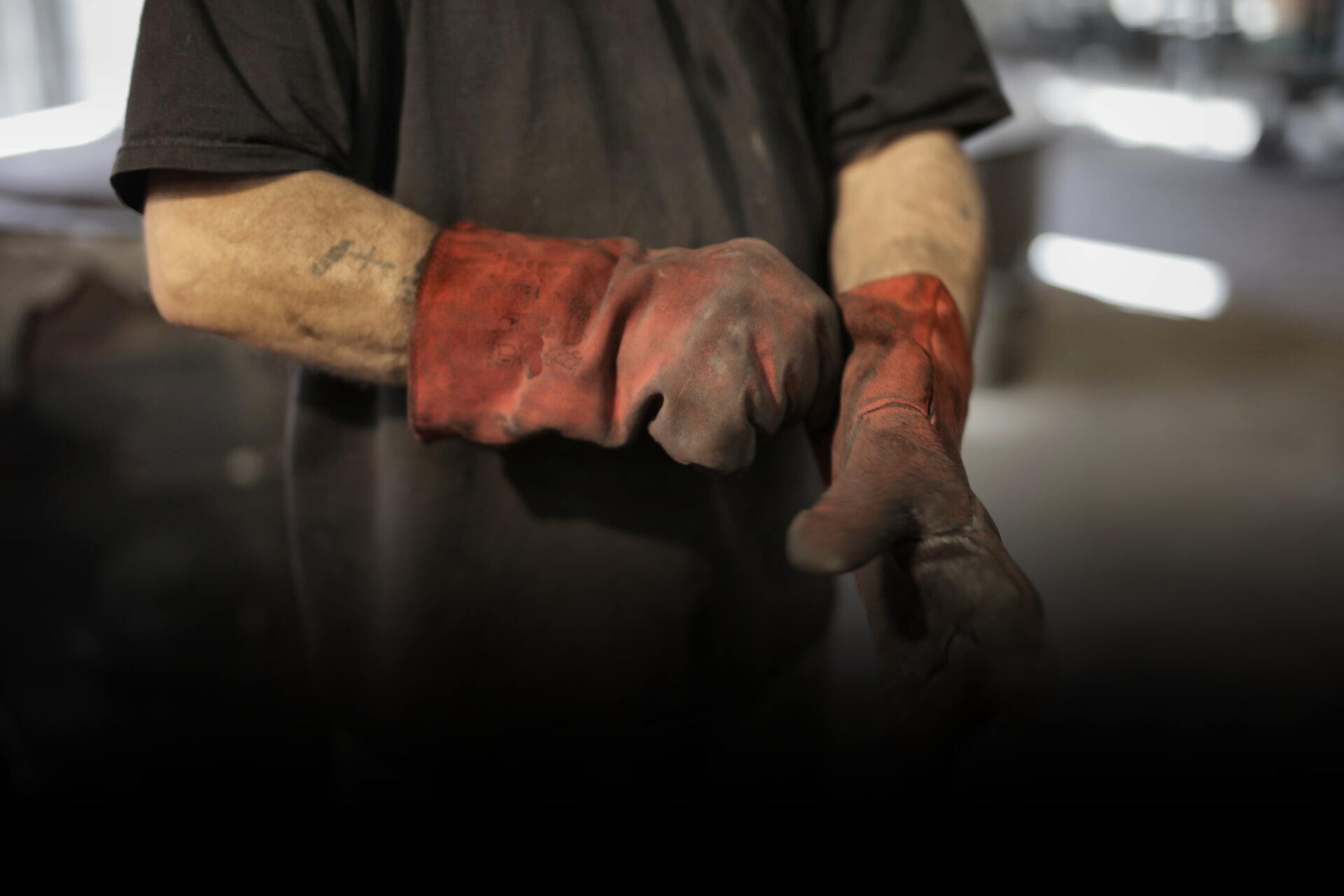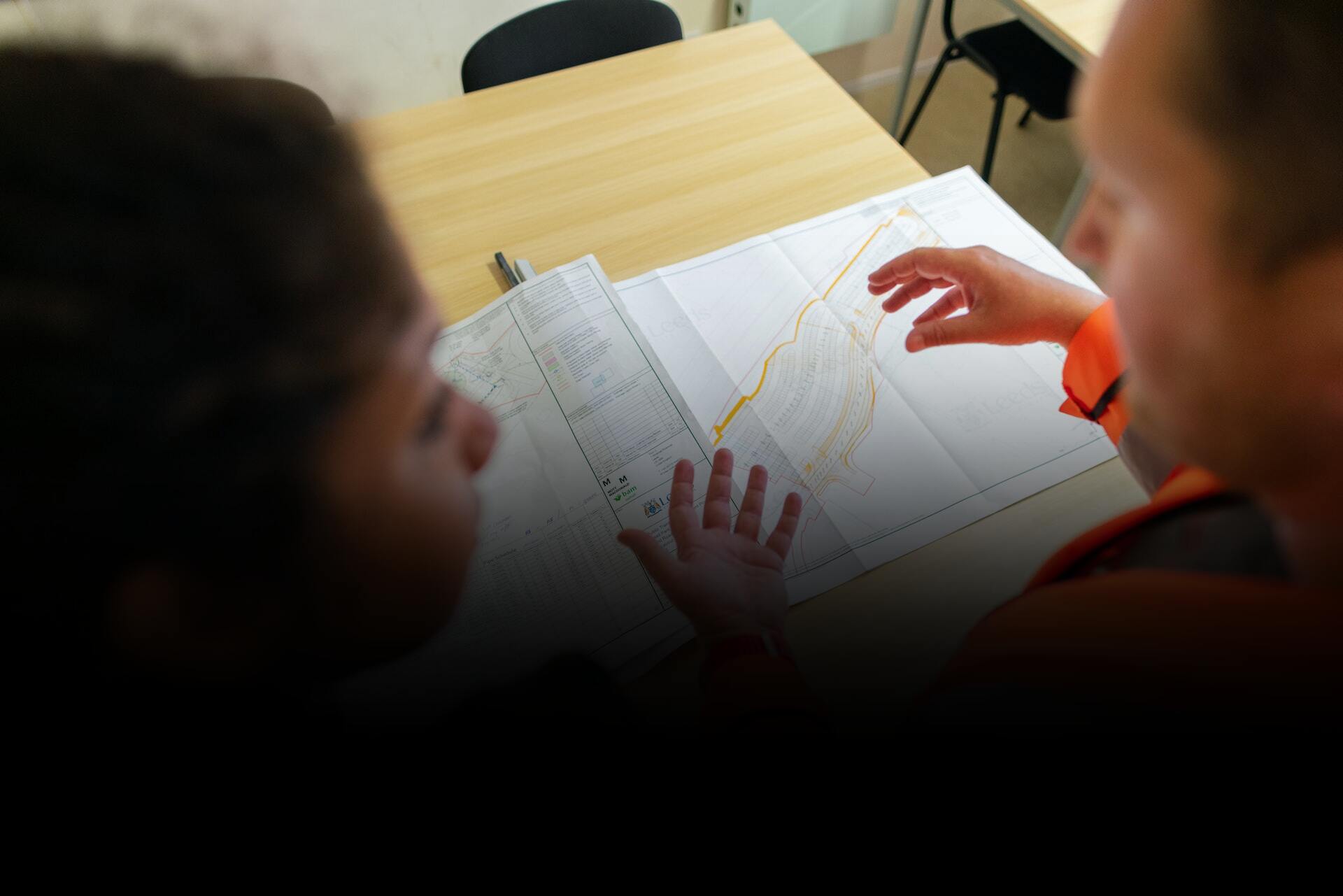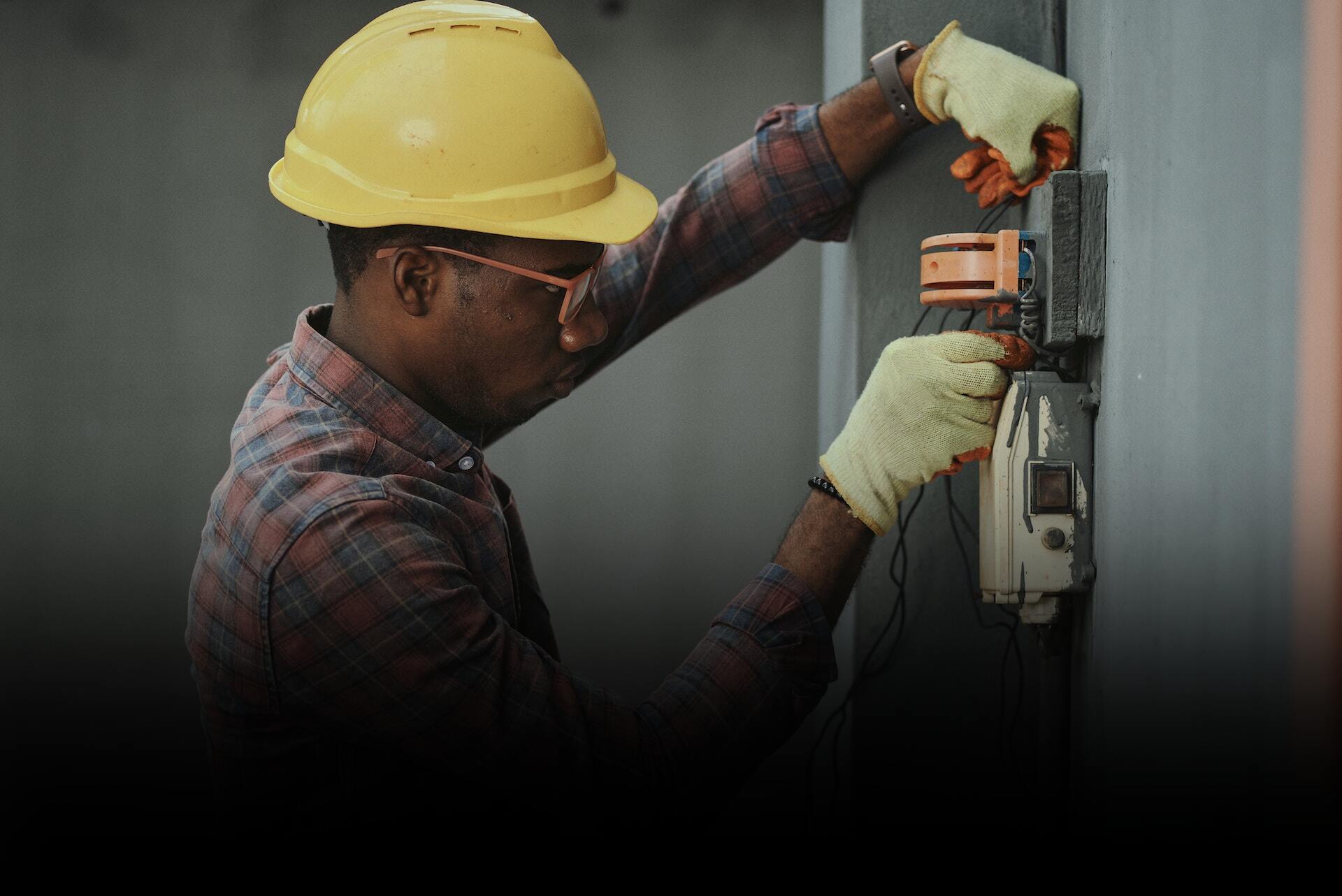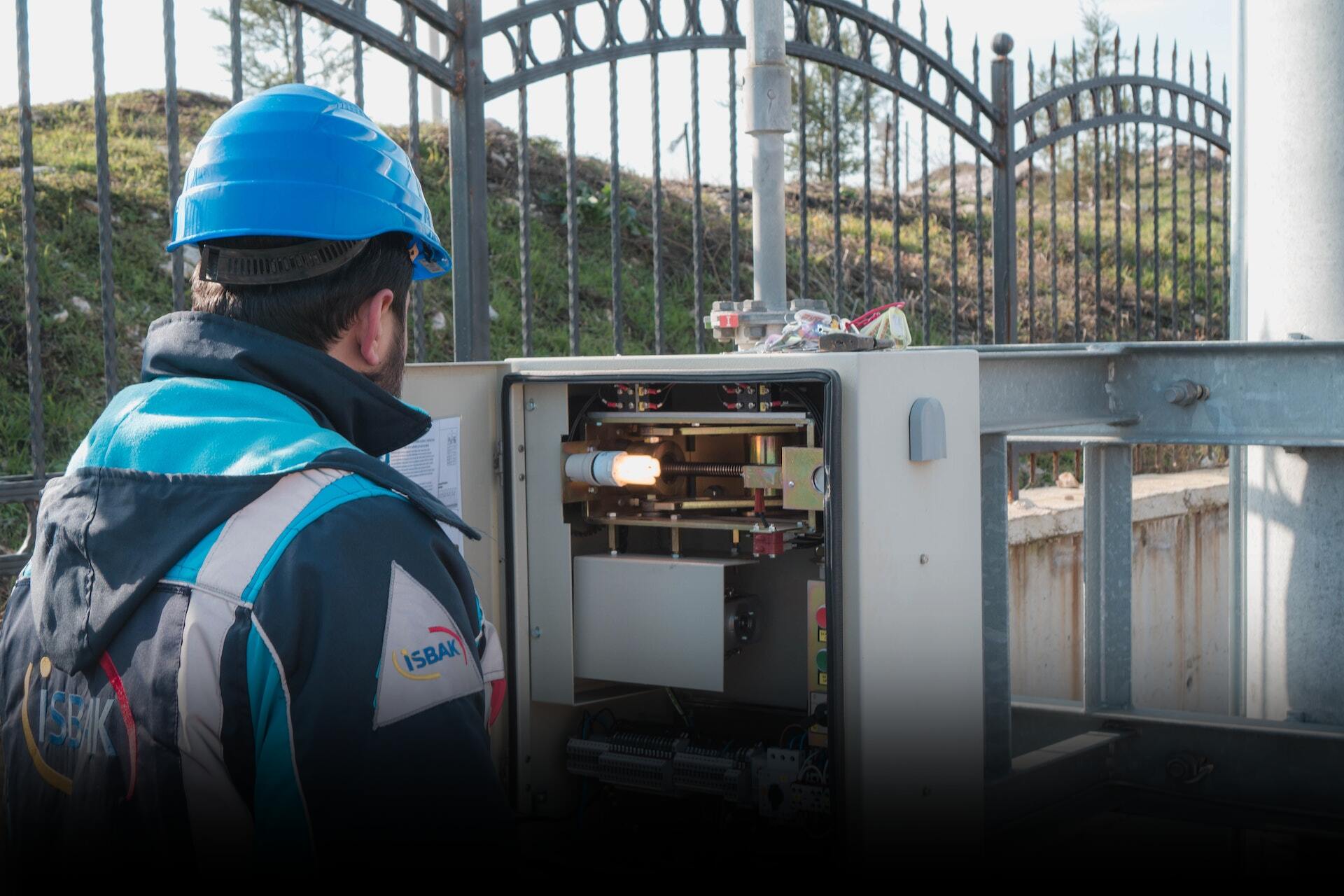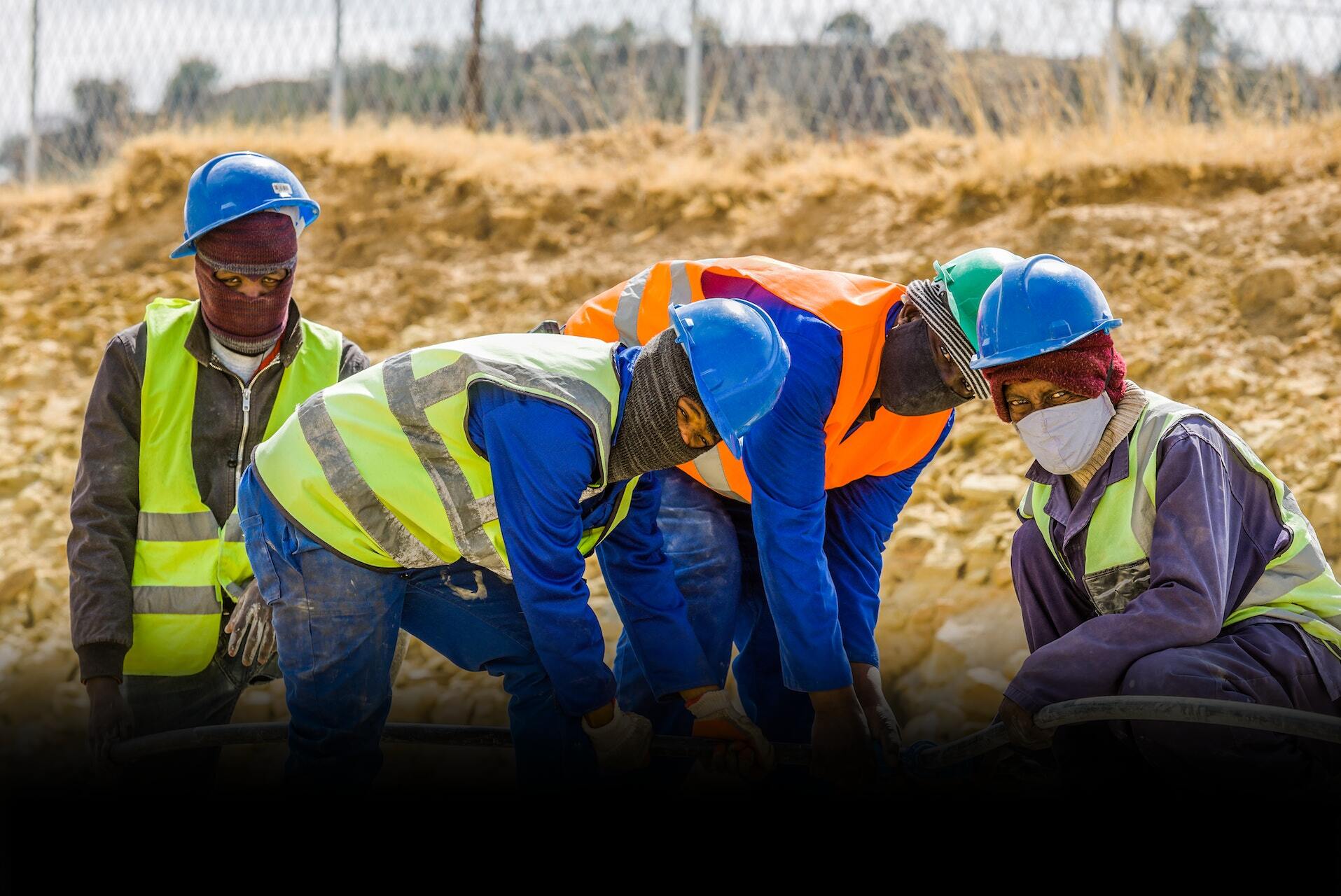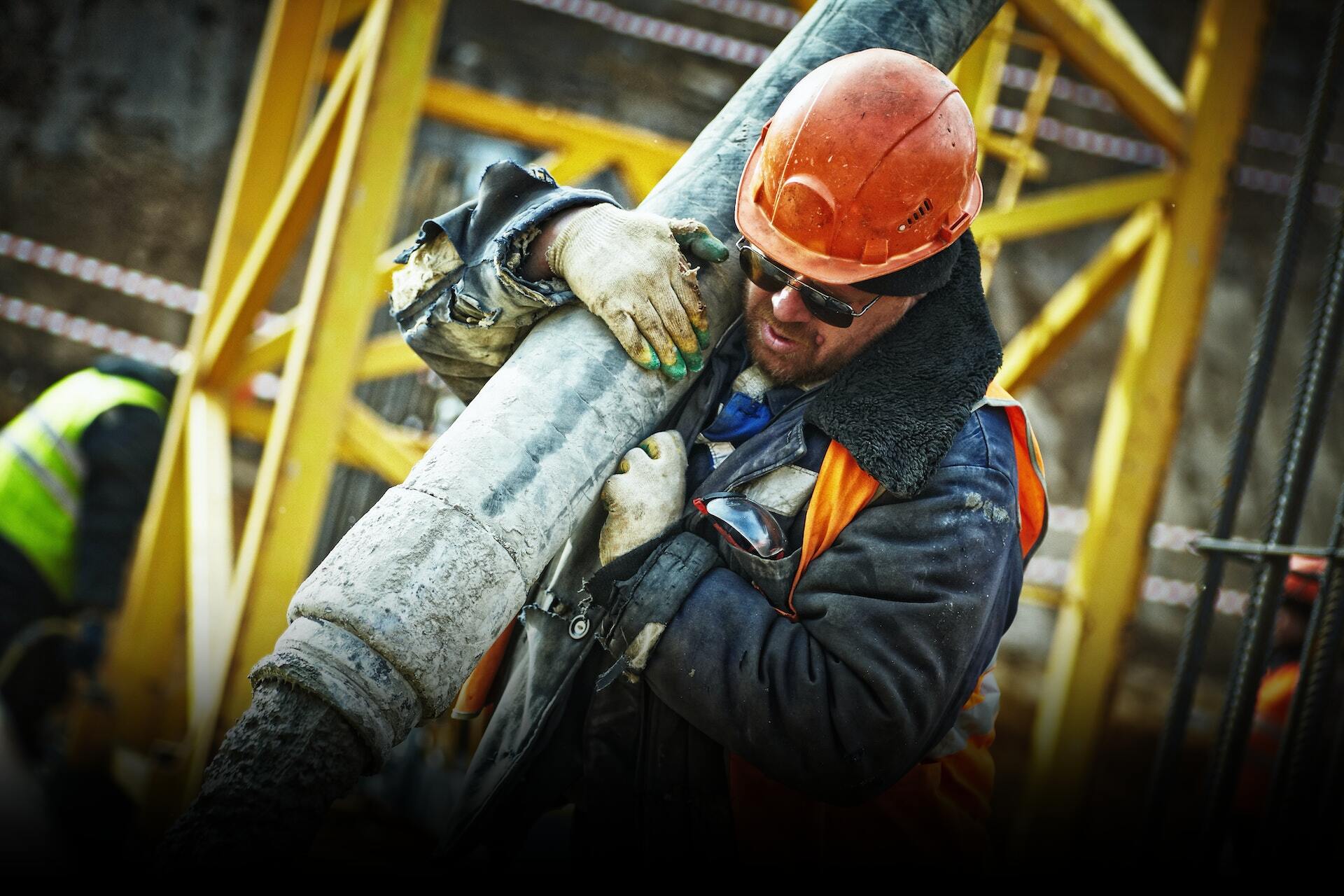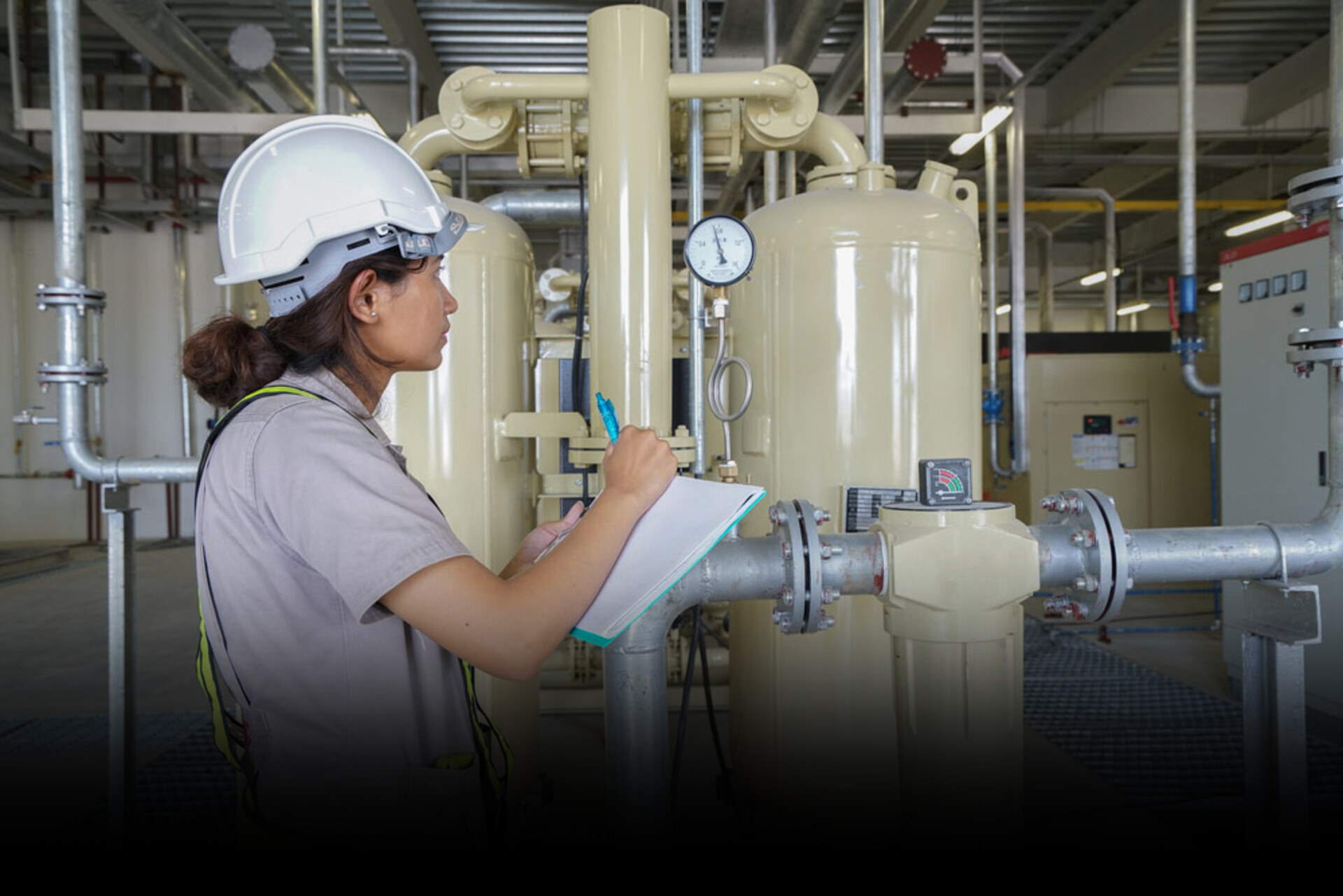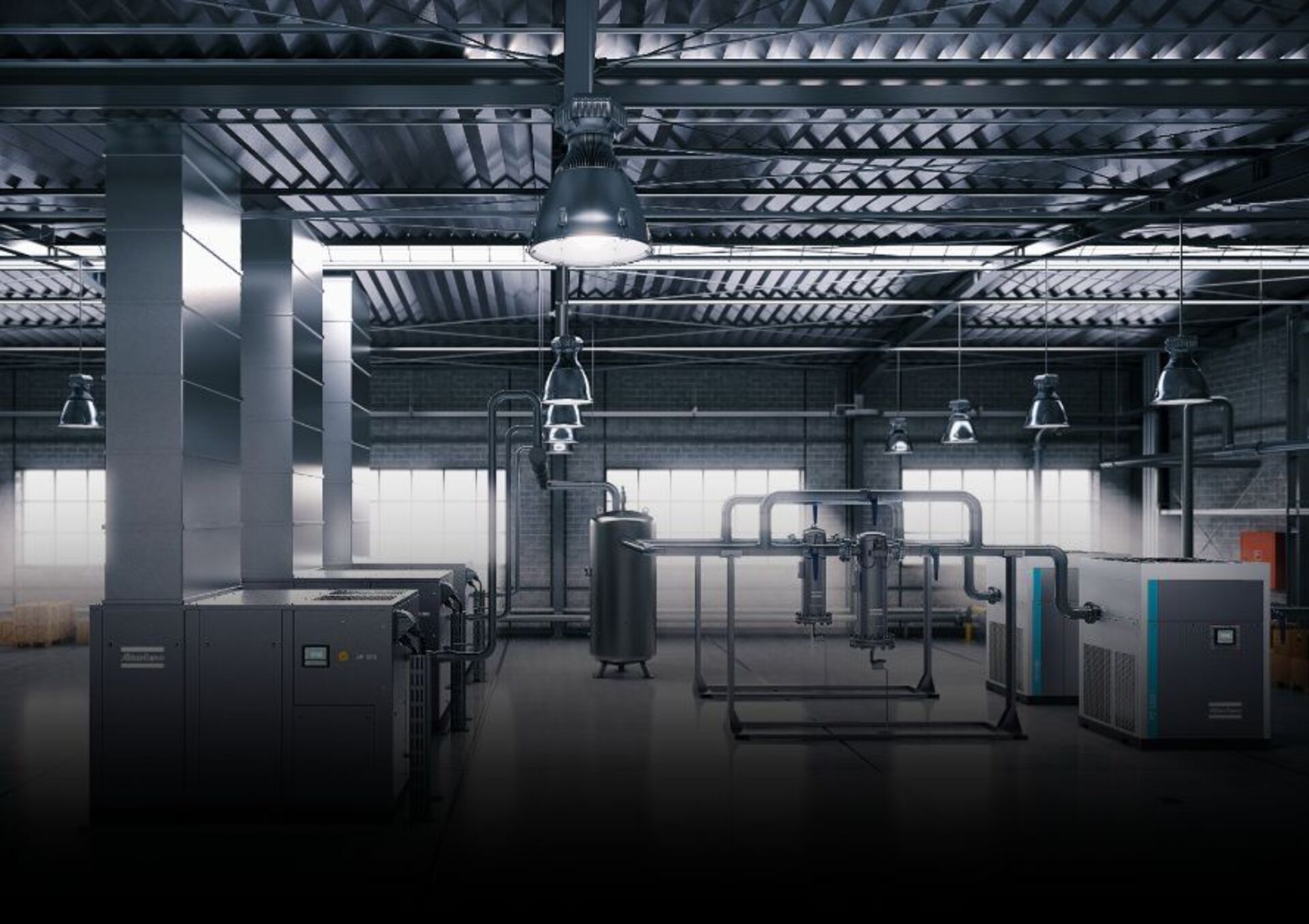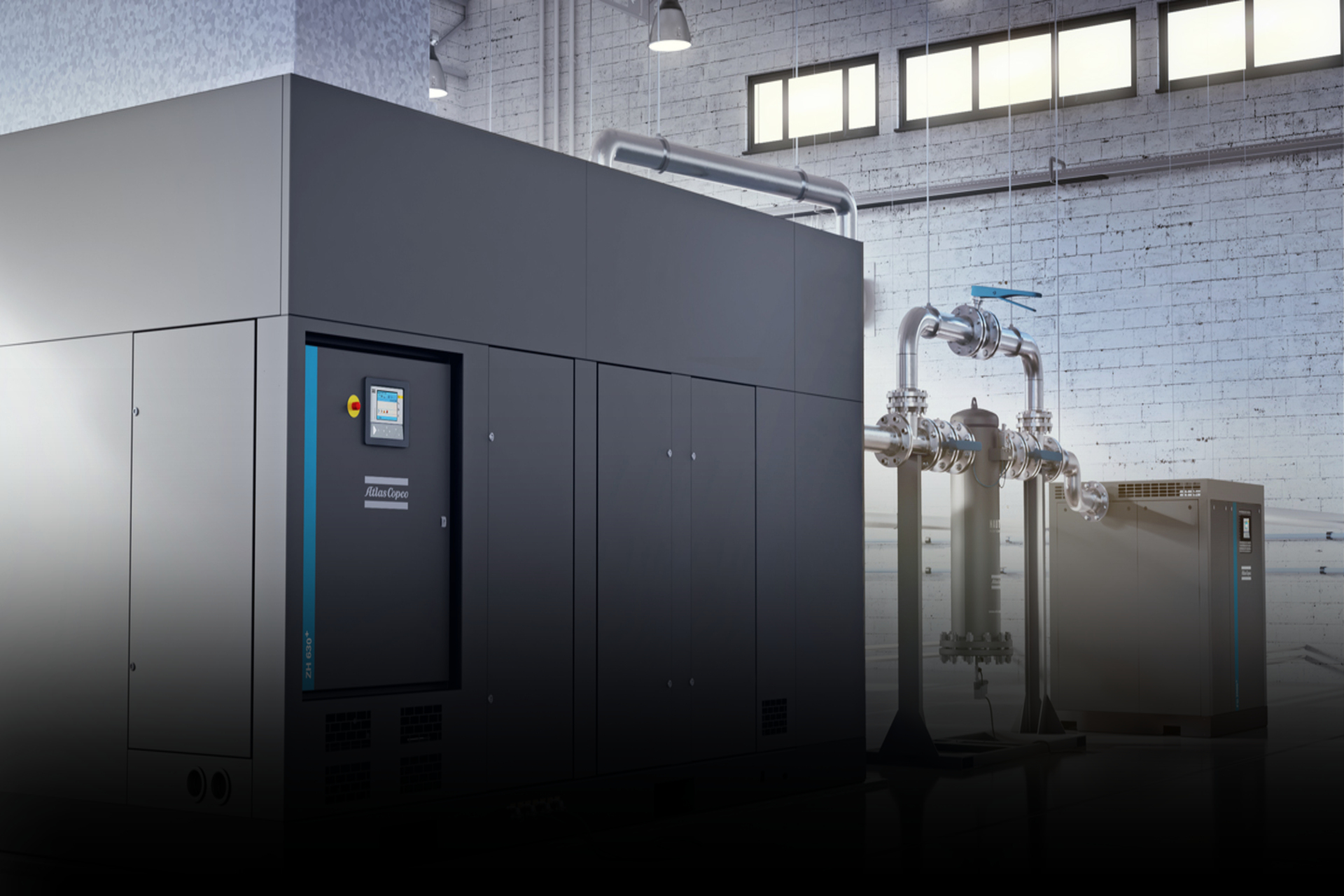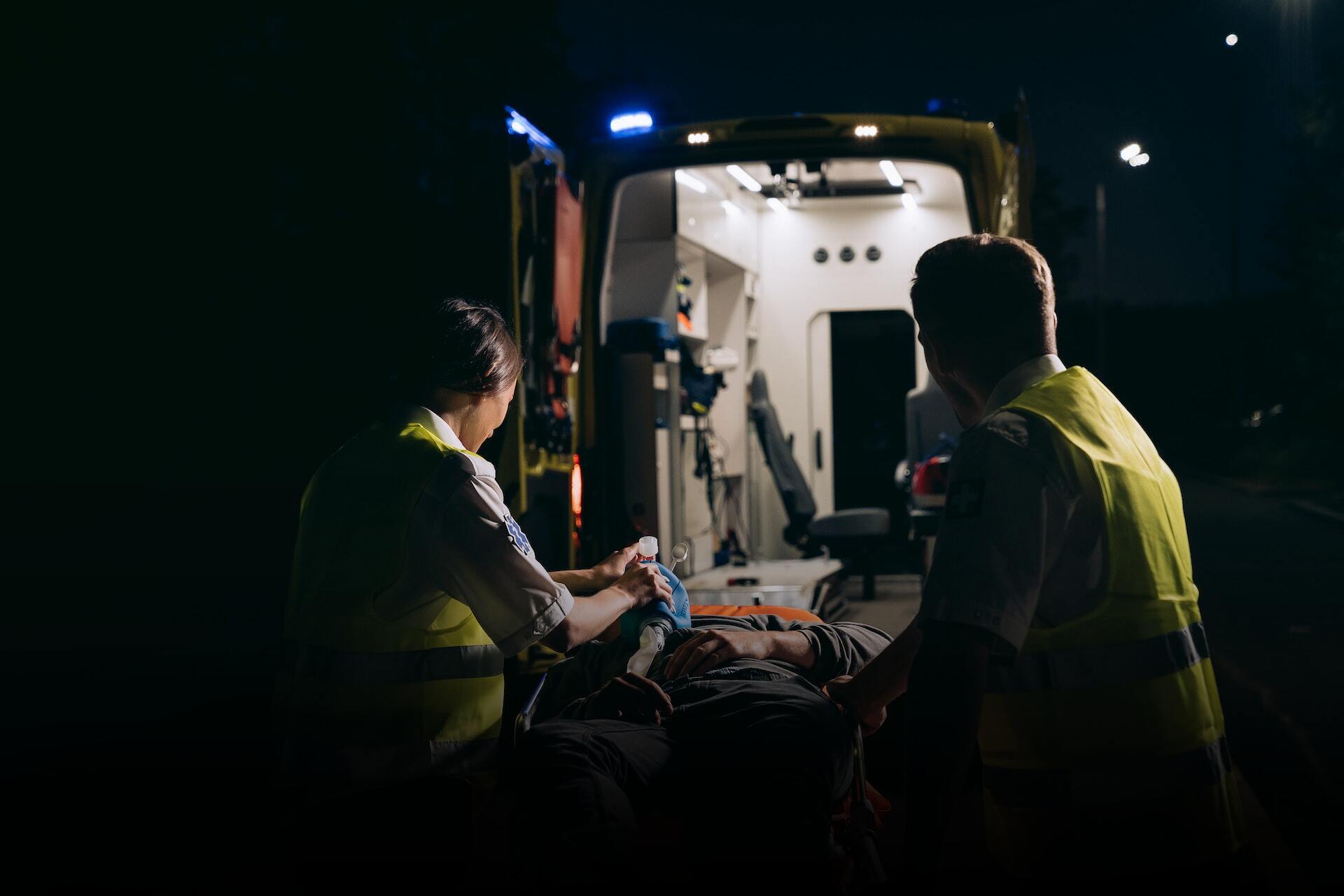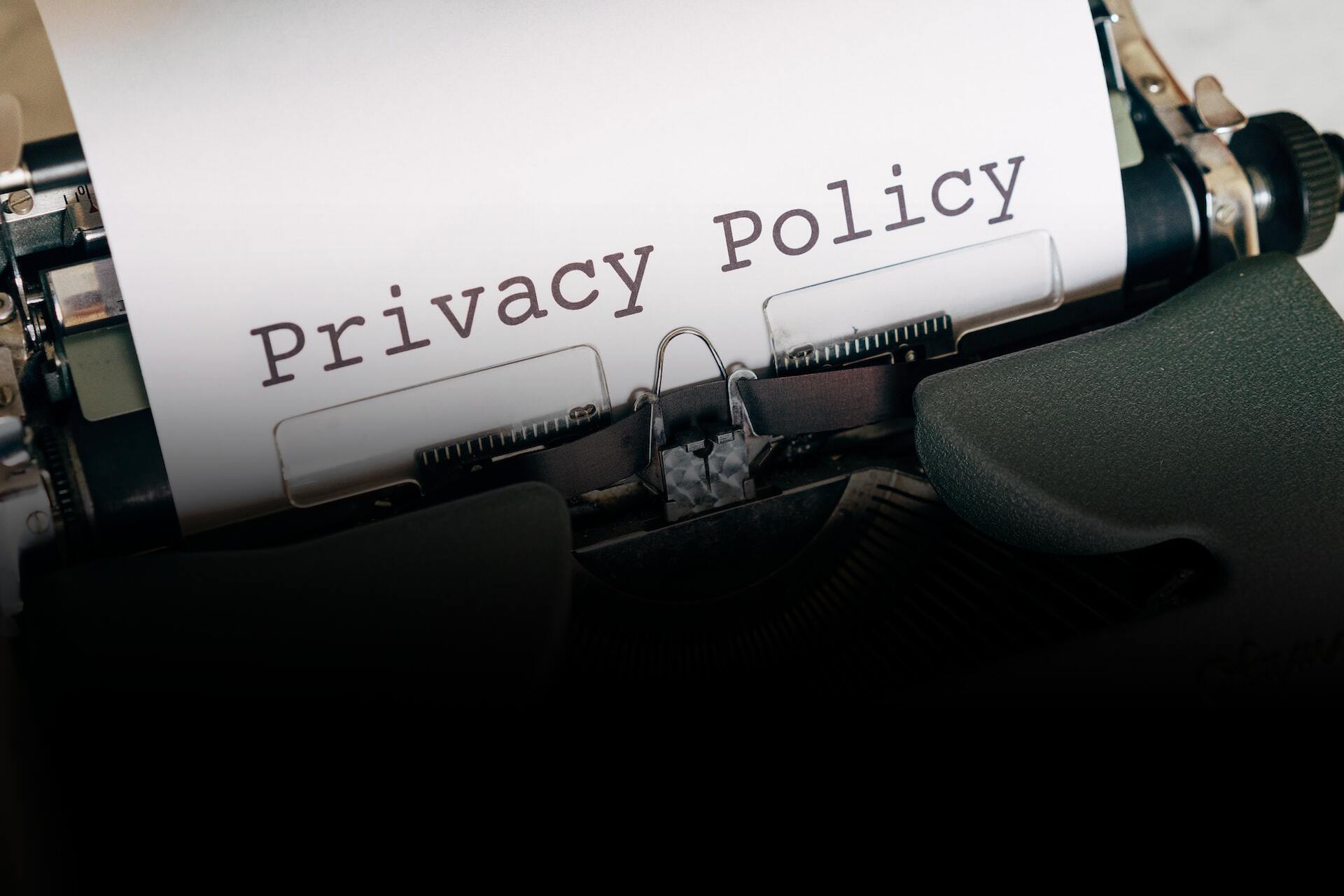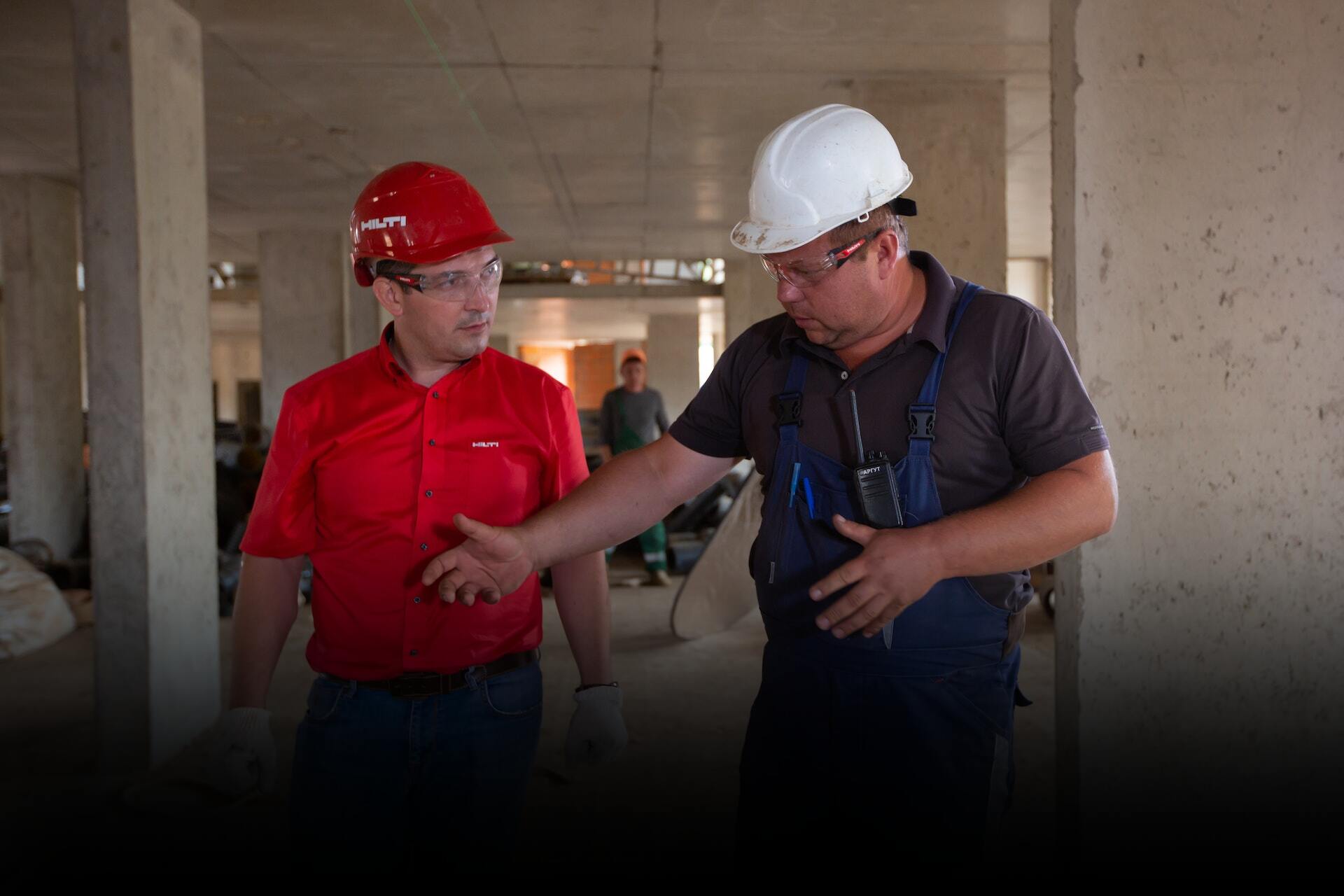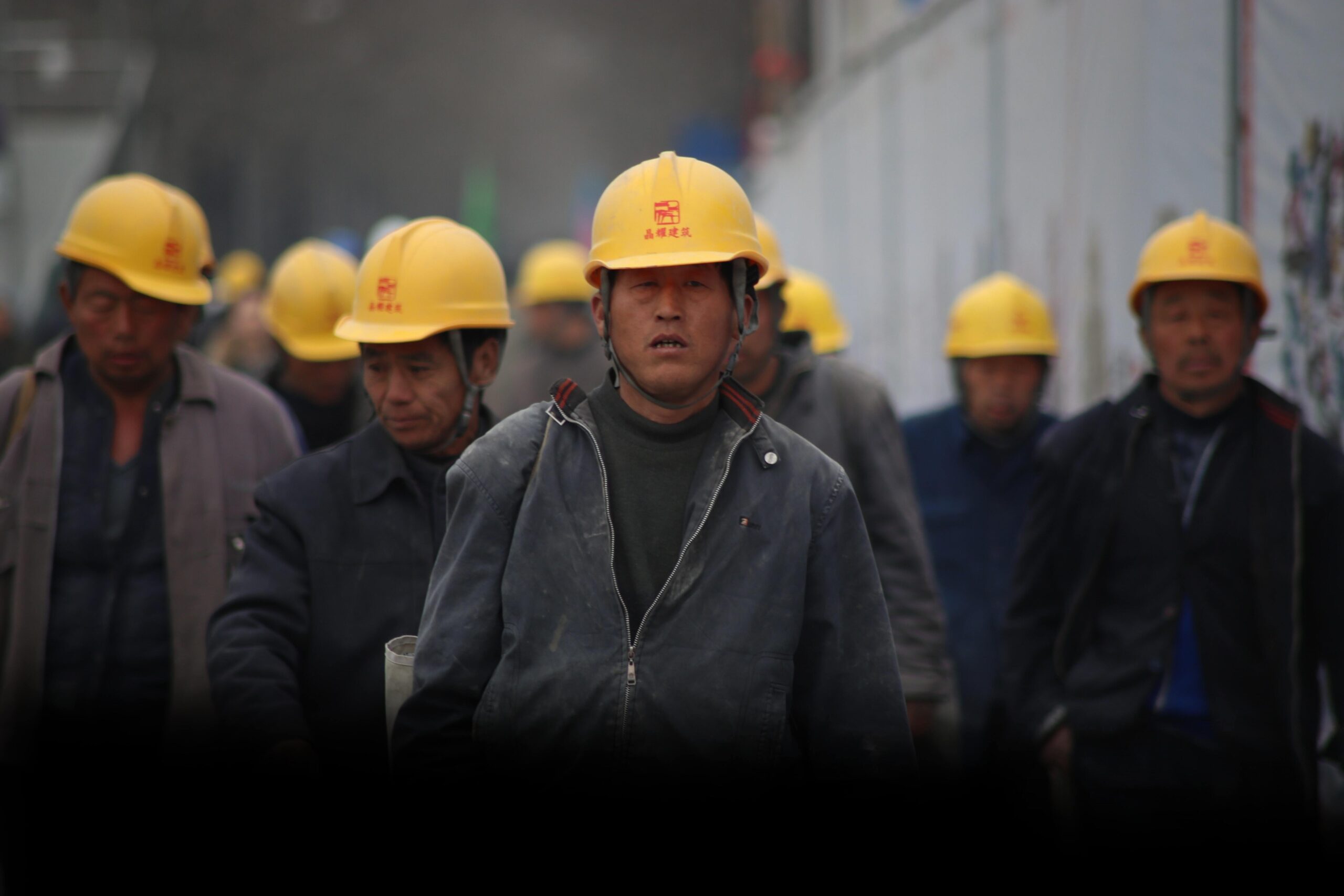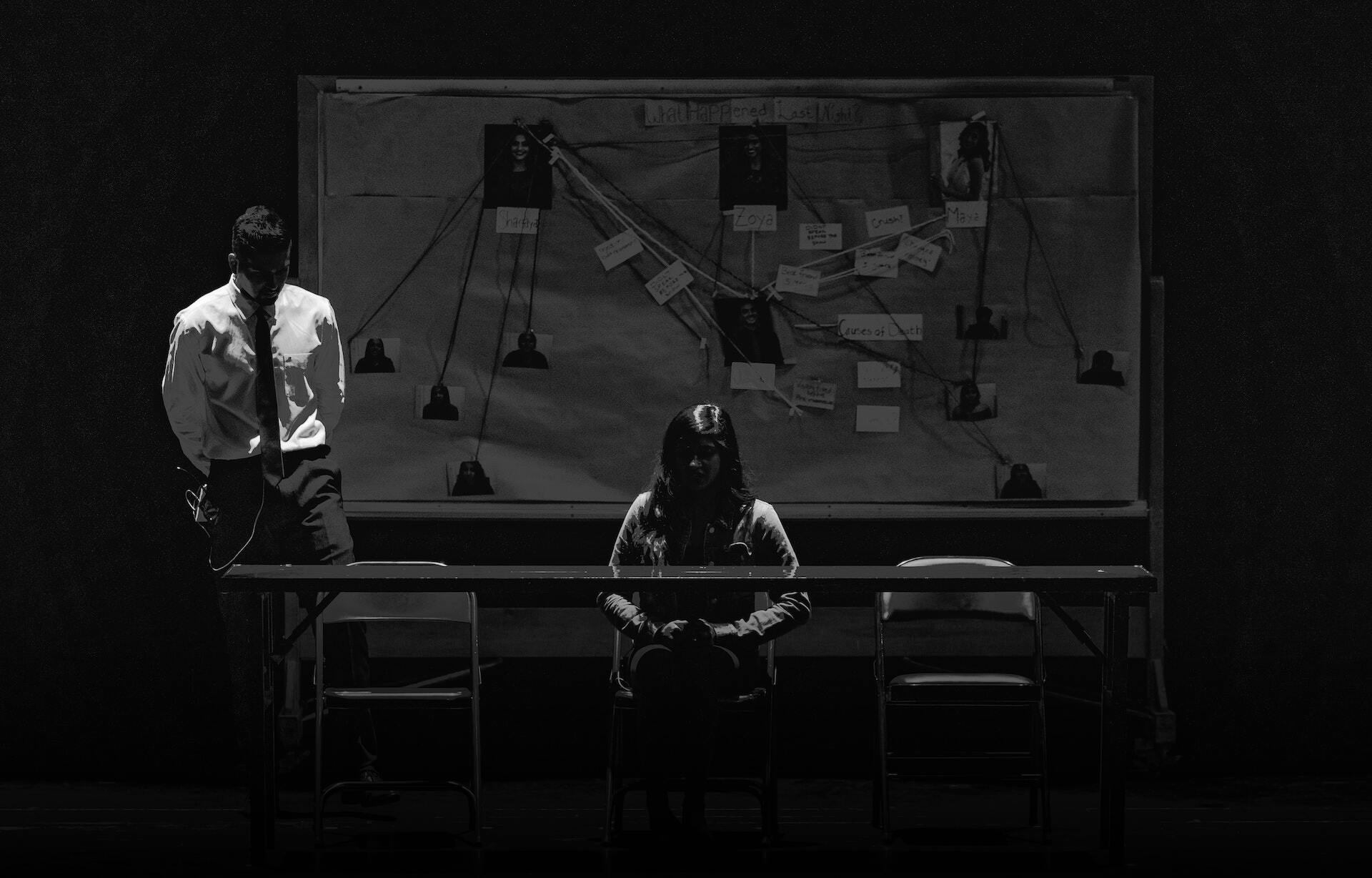
No Time to Read?
Let’s Explore the Blog Together to Know What’s Inside in 5 min summary video
Annually, an average of 250 employees and self-employed people die and 150,000 sustain major injuries or three-day injuries as a result of accidents in the workplace. A further 2.3 million cases of ill health are caused by or made worse by work. Over 40 million working days are lost through work-related injuries and illnesses, at a cost to businesses of £2.5 billion. A simple brief gives organizations opportunities to find out what went wrong, learn the lessons, and take action that reduces, or even prevents, accidents’ re-occurrence.
Previously Financial Loss of Work-Related Accidents discussed the good financial reasons behind reducing accidents and ill health since for every £1 a business spends on direct costs, it can lose between £8 and £36 in indirect costs. Through work-related accident and incident investigation and analysis, it provides you with:
-
-
- A deeper understanding of the risks associated with work activities,
- Learning the lessons from uncovered causes
- Identify what went wrong and take positive steps to correct it.
- Clearly understand the core of preventing accidents and incidents.
- Developing and refining your risk management system.
-
The language of investigation
On the line of article “6 Enemies Vs 6 Friends Critical For HSE Career success”, The subject of “accidents investigations” is like the rest subjects full of its own language and terminology and it’s important to be clear about the number of the basic concepts of it. Health and safety accidents’ investigation at work is main term to cover a wide range of terminology which may be created by activities and events which occur at the workplace.
a) ‘Adverse event’ Includes:
“Accident”
Unplanned, unwanted event that leads to ill-health, injury, damage or loss whether to person or equipment.
“Near-Miss”
Unplanned, unwanted event that had the potential to lead to injury, damage or loss but did not in fact cause any harm.
“Hazard”
Substance or situation with potential to cause harm to people or damage to equipment.
“Immediate cause”
the most obvious reason behind occurrence of an adverse event which may be single or several immediate causes identified in any one adverse event.
“Root cause”
an initiating event or failing from which all subsequent failing occurs, generally management, planning or organizational failings.
“Underlying cause”
the less obvious failing reason for an adverse event occurring.
b) “Consequence” Includes:
“Risk”
Combination of likelihood that a specific hazard cause harm or damage and severity of that harm
“Major ill health”
Acute illness resulting in unconsciousness, requiring resuscitation or requiring admittance to hospital for more than 24 hours;
“Serious injury/ill health”
Worker becomes unfit to carry out the normal work for more than three consecutive days
“Minor injury”
All other injuries of which worker becomes unfit for the normal work for less than three days
“Major injury”
Including fractures, amputations, loss of sight, a burn or penetrating injury to the eye or any injury requiring resuscitation or requiring admittance to hospital for more than 24 hours
“Damage only”
Damage to property, equipment, the environment or production losses
“Fatal”
Work-related death
The causes of adverse events
Pay attention to “The Domino Effect” Search beyond what you literally see; it may appear like “bad luck” being in the wrong place at the wrong time, but on analysis, see clearly the chain of failures and errors that lead almost inevitably to the adverse event.
Causes of adverse events can be classified as:
“Immediate Causes”
The tool of injury or ill health like the blade, the substance, the dust, a slippery floor
“Underlying Causes”
Unsafe acts and unsafe conditions, removing the guard, poor housekeeping
“Root Causes”
The initial failure that leads to all subsequent failings, like failure to provide training needs provide effective risk control measures that address the immediate, underlying, and root causes

Why investigate?
No doubt, hazards and risks remain in all workplaces, disregarding the business sector, despite putting control measures in place to prevent or reduce the resultant risks to an acceptable safe level to prevent accidents and cases of ill health. The unfortunate, undeniable fact that an adverse event occurs, pointing to inadequate existing risk control measures.
Reasons to investigate adverse events:
1. Legal reasons for investigating
- Complying within the law: Since regulations require employers to plan, organize, control, monitor, and review their health and safety arrangements; it as well considers Health and safety investigations form an essential part of this process.
- Subsequent legal actions: required actions to fully disclose the circumstances of an adverse event to the injured people or property-damaged parties considering legal action.
- Fear of litigation: Some organizations intentionally ignore investigations, thinking it is better, to avoid litigation liability. But on the contrary, things cannot be righted without knowing what went wrong! Then logically anticipate further accidents’ re-occurrence.
Learning lessons from near-misses can prevent costly accidents
– Safety Advisor
2. Gather information and insights:
- Complete understanding of how and why things went wrong.
- Complete understanding of how people are subjected to dangerous substances or ill-health conditions.
- True scenario of events’ sequence, what, how work is really done, be aware of workers’ shortcuts that may ignore safety rules to make work easier or quicker.
- Defining risk control management deficiencies for future improvements
3. Resultant benefits from an investigation:
- The prevention of adverse events’ re-occurrence
- The prevention of non-insured business losses like disruption, production stoppage, and the costs of criminal and civil legal actions
- There is a good chance to improve morale and attitudes towards health and safety.
- Implementing new safety precautions
Other Considerable Inquiries
1. Which events should be investigated?
It is the potential consequences and the likelihood of re-occurrence of the adverse event that determine the level of investigation, and if you have a number of similar adverse events, it may be worth investigating all events even if each single event is not worth investigating in isolation. For example: How serious is the harm likely to be? likely to happen often? Does a near-miss have great potential to cause injury and ill health?
2. Who is responsible to carry out the investigation?
Depending on the level of the investigation, supervisors, line managers, health and safety professionals, union safety representatives, employee representatives and senior management/ directors may all be involved.
To be worthwhile, it is essential that the management and the workforce are fully involved, this will ensure that a wide range of practical knowledge and experience will be brought to bear and employees and their representatives will feel empowered and supportive.
The investigation team must have the necessary investigative skills, either led by, or reports directly to someone with the authority to make decisions and act on their recommendations.
3. When should it start?
In general, adverse events’ investigation and analysis shall be done as soon as possible, since it is found that memory is best immediately after an adverse event. Bear in mind that the urgency to initiate an investigation will depend on the resultant damage if a major accident involving an everyday job needs to be investigated quickly.
4. What does it involve?
In order to identify the actual scenario of the adverse event, determine what went wrong, and determine what control measures must be implemented to prevent its recurrence, the investigation shall involve an analysis of all the information available, including the physical scene of the incident, the verbal accounts of witnesses, written risk assessments, procedures, instructions, and job guides. Avoid preconceived ideas about the process, the equipment, or the people involved in an adverse event.






